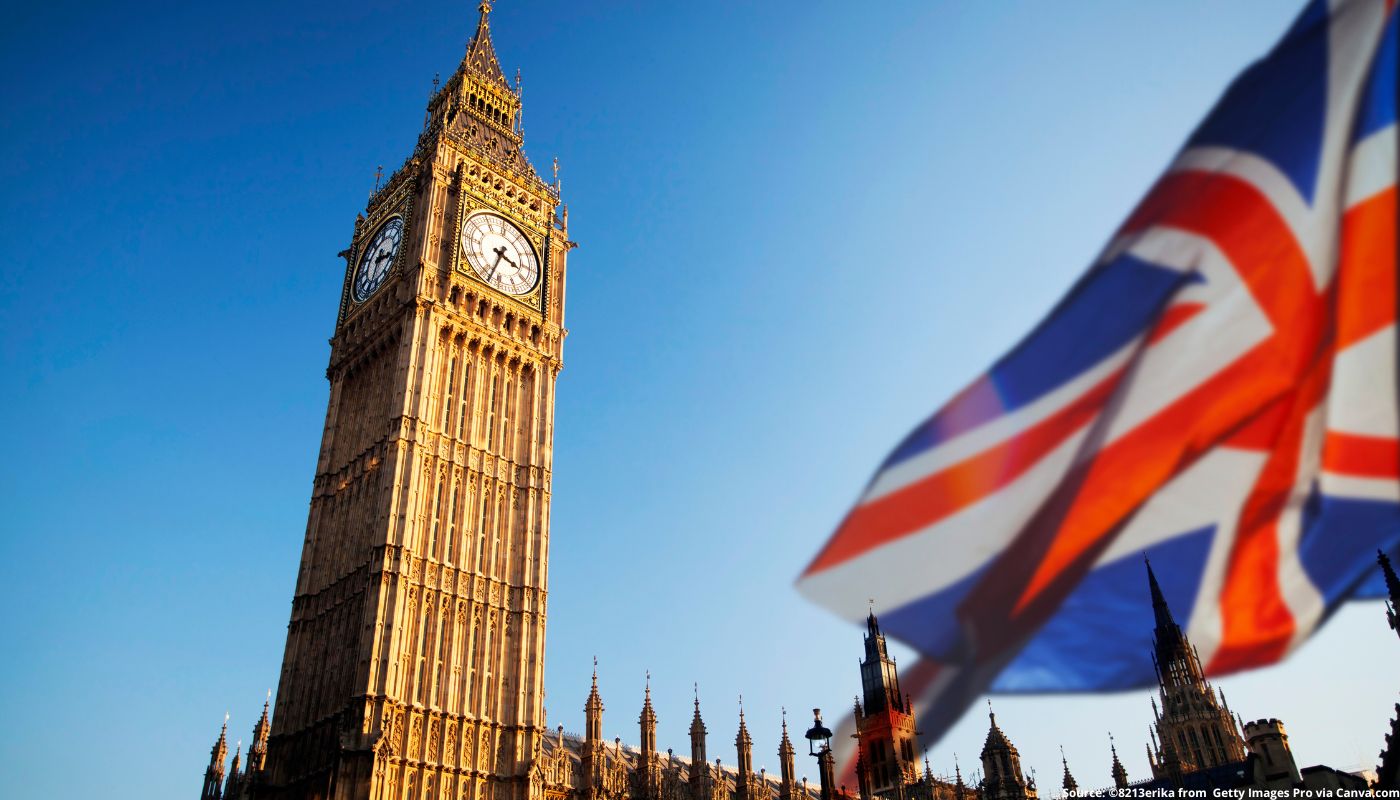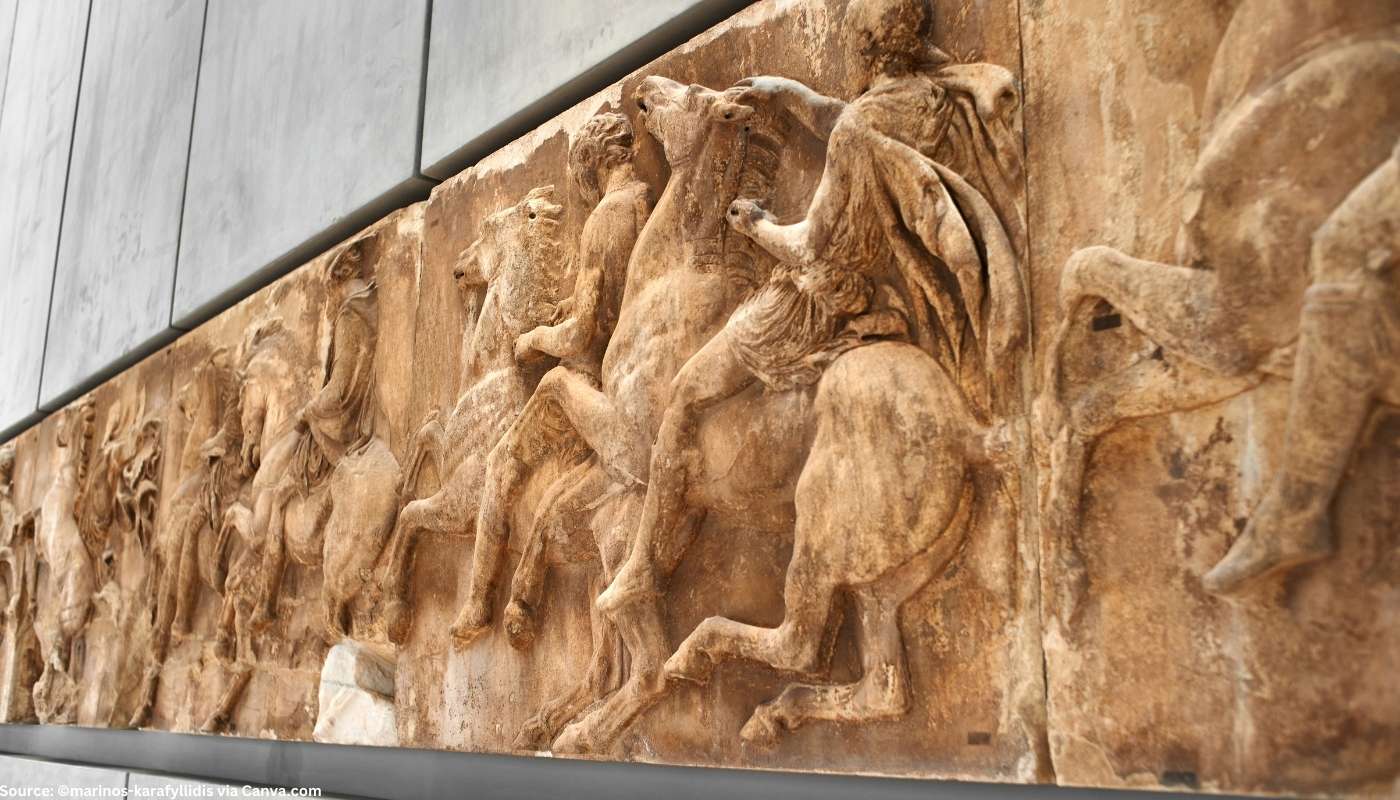Tower of London
Share this attraction
Back

Tower of London
London
Tower of London – the most important information
Tower of London is a famous royal fortress located on the north side of the River Thames in central London. Throughout the years, it served as a royal palace, a political prison, a place of execution, an arsenal, a royal mint, a menagerie, and a public records office. Today it is one of the most popular tourist attractions in the UK.
History of Tower of London
William the Conqueror founded the Tower of London in 1066, after his victory at Hastings. The building of the fortress began with the part of the huge defensive Roman wall, known as London Wall. The first building to be erected was a wooden castle, while the work on the great tower began around 1075-79. That tower formed the heart of the Tower of London. Tower of London was built as a fortress and royal residence, but it had different purposes throughout history. Many kings extended the castle during their reign. During the First World War and the Second World War, the Tower was used to hold prisoners of war. The Tower of London has been a tourist attraction since at least the Elizabethan period.
What to see in the Tower of London?
There is a tour of the Tower that starts every thirty minutes near the main gate - Yeoman Warder Tour. It is included in the price of the entry ticket. Some of the attractions included in the admission ticket are:
- The Crown Jewels – world famous collection of 23,578 gemstones. They are protected by bombproof glass and 100 hidden CCTV cameras.
- Tower Green – in this tower, three former English Queens, Anne Boleyn, Catherine Howard and Lady Jane Grey, and several other British nobles were executed by beheading. There is also a memorial sculpture and quote dedicated to those who were executed there.
- Bloody Tower – the most infamous prison at the Tower of London which is associated with the supposed murder of the 12-year-old Edward V and his younger brother, Richard.
- Torture at the Tower exhibition – in this exhibition you will learn about the stories of the prisoners who were tortured within the walls of the Tower of London. You can also see the instruments and methods that were used for torture.
- Fusiliers museum – this museum contains a vast collection of the British infantry regiment, including 12 Victoria Cross Medals won by the Regiment, the uniform and bearskin of King George V, and an Eagle Standard of the 82nd Regiment of the French Line captured by the Royal Fusiliers during the Napoleonic Wars.
Tickets and opening hours of the Tower of London
- Tickets: £29.90 for adults, and £14.90 for children. With these tickets you can explore the history of the fortress, palace and prison.
- Opening times: the Tower has summer opening hours from 1 March to 31 October when it’s open from Tuesday to Saturday from 9 am to 5:30 pm, and from Sunday to Monday from 10 am to 5:30 pm. During the winter opening hours from 1 November to 28 February, the Tower is open from Tuesday to Saturday from 9 am to 4:30 pm, and from Sunday to Monday from 10 am to 4:30 pm.
How to get to the Tower of London?
Tower of London is located within the walking distance of several mainline stations. You can get to it by:
- Train: nearest stations are Fenchurch Street or London Bridge.
- Underground/Tube: closest station is Tower Hill, and you can get to it by using District or Circle lines.
- Riverboat: nearest river access is Tower Pier and the riverboats that go there depart from Charing Cross, Westminster and Greenwich.
- Bus: number of buses that stop near the Tower are 15, 42, 78, 100, RV1.
What should you know before visiting the Tower of London?
- Best time to visit – if you want to avoid the crowds, visit first thing in the morning on a weekday or during the lunch hour, early in the afternoon. You should plan to spend at least two hours there.
- Tips – wear comfortable shoes, the Tower is really big and there is a lot to explore. If you want a guided tour, make sure to take the Yeoman Warder Tour that is included in the admission ticket. Go to the Crown Jewels first to avoid the crowds.
Tower of London trivia
- It was King John who established a royal menagerie in the Tower of London in 1204. However, it was his son, Henry III, who fully established the royal menagerie.
- Edward I moved the mint to the Tower of London in 1279. The mint remained at the tower until the late 18th century.
- The Tower was besieged for the first time in its history in October 1191.
- Anne Boleyn was held and executed at the Tower when it was a prison.
- Before she became the Queen, Elizabeth was imprisoned in the Tower by her sister, Queen Mary I.
Location
Learn more about this destination
Discover the beauty of the destination through blogs that highlight the most famous landmarks, hidden gems, and provide travel tips for visiting this destination. Embark on an adventure through the stories of experienced travelers.


























